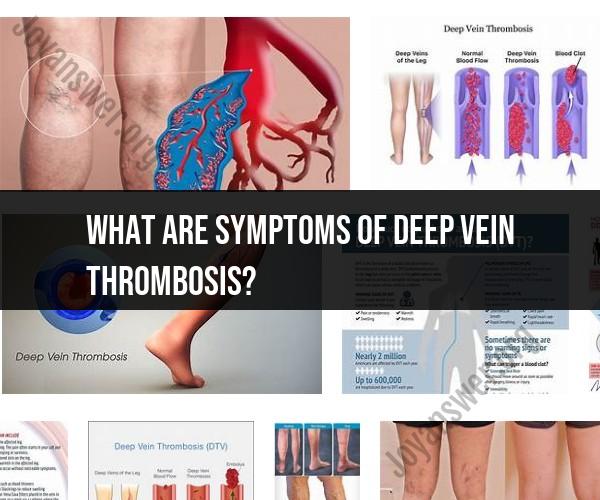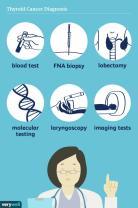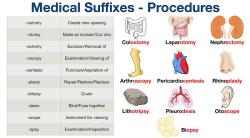What are symptoms of deep vein thrombosis?
Deep Vein Thrombosis (DVT) is a serious condition characterized by blood clot formation in deep veins. Being aware of the symptoms is crucial for early detection and prompt medical intervention. This guide outlines the warning signs of DVT that individuals should recognize.
Introduction to Deep Vein Thrombosis (DVT)
DVT occurs when a blood clot forms within a deep vein, usually in the legs. Recognizing the symptoms can prevent complications.
Common Symptoms of DVT
Warning signs of DVT include:
1. Leg Swelling
Unexplained swelling, often in one leg, is a typical symptom of DVT.
2. Pain or Discomfort
Severe pain, tenderness, or discomfort, especially when standing or walking, may indicate DVT.
3. Warmth and Redness
The affected area may feel warm to the touch and appear red or discolored.
4. Visible Veins
Surface veins might become more visible due to increased blood flow caused by the clot.
5. Leg Fatigue
Unusual leg fatigue, especially if accompanied by swelling or pain, warrants attention.
When to Seek Medical Attention
If you experience any of these symptoms, particularly if they occur suddenly or worsen over time, seek immediate medical care.
Risk Factors and Prevention
Understanding risk factors for DVT and taking preventive measures is essential:
1. Immobility
Long periods of immobility, such as during travel or recovery, increase the risk of DVT.
2. Surgery and Injury
Recent surgery or injury can lead to blood clot formation.
3. Medical Conditions
Conditions like cancer, obesity, and heart disease elevate DVT risk.
4. Prevention
Maintain an active lifestyle, stay hydrated, and follow medical advice to prevent DVT.
Conclusion
Recognizing the warning signs of DVT is vital for early diagnosis and treatment. If you experience any symptoms, promptly consult a healthcare professional for proper evaluation and care. Understanding risk factors and preventive measures empowers individuals to prioritize their vascular health.












